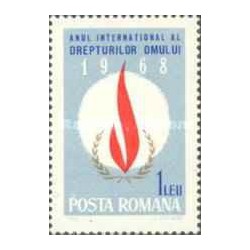- جدید
- ناموجود



توجه : درج کد پستی و شماره تلفن همراه و ثابت جهت ارسال مرسوله الزامیست .
توجه:حداقل ارزش بسته سفارش شده بدون هزینه پستی می بایست 180000 ریال باشد .
توجه : جهت برخورداری از مزایای در نظر گرفته شده برای مشتریان لطفا ثبت نام نمائید.
Jump to navigation Jump to search
| Ryukyuan languages: Ruuchuu (琉球/ルーチュー) Japanese language: Nansei-shotō (南西諸島, Southwest Islands) Ryūkyū-shotō (琉球諸島, Ryukyu Islands)[1] | |
|---|---|

Location of Ryukyu Islands
|
|
| Geography | |
| Location | On the boundary between the East China Sea and the Philippine Sea |
| Coordinates |  26°30′N 128°00′ECoordinates: 26°30′N 128°00′ECoordinates:  26°30′N 128°00′E 26°30′N 128°00′E |
| Total islands | 100+ |
| Major islands |
|
| Area | 4,642.11 km2 (1,792.33 sq mi) |
| Highest elevation | 1,936 m (6,352 ft) |
| Highest point | Mt. Miyanoura-dake |
| Administration | |
|
|
|
| Prefecture |
|
| Demographics | |
| Demonym | Ryukyuans |
| Population | 1,550,161 (2005) |
| Pop. density | 333.93 /km2 (864.87 /sq mi) |
| Ethnic groups |
|
The Ryukyu Islands[a] (琉球諸島 Ryūkyū-shotō), also known as the Nansei Islands (南西諸島 Nansei-shotō, lit. "Southwest Islands") or the Ryukyu Arc (琉球弧 Ryūkyū-ko), are a chain of Japanese islands that stretch southwest from Kyushu to Taiwan: the Ōsumi, Tokara, Amami, Okinawa, and Sakishima Islands (further divided into the Miyako and Yaeyama Islands), with Yonaguni the southernmost. The larger are mostly high islands and the smaller mostly coral. The largest is Okinawa Island.
The climate of the islands ranges from humid subtropical climate (Köppen climate classification Cfa) in the north to tropical rainforest climate (Köppen climate classification Af) in the south. Precipitation is very high, and is affected by the rainy season and typhoons. Except the outlying Daitō Islands, the island chain has two major geologic boundaries, the Tokara Strait between the Tokara and Amami Islands, and the Kerama Gap between the Okinawa and Miyako Islands. The islands beyond the Tokara Strait are characterized by their coral reefs.
تشکر نظر شما نمی تواند ارسال شود
گزارش کردن نظر
گزارش ارسال شد
گزارش شما نمی تواند ارسال شود
بررسی خود را بنویسید
نظر ارسال شد
نظر شما نمی تواند ارسال شود

check_circle
check_circle
















